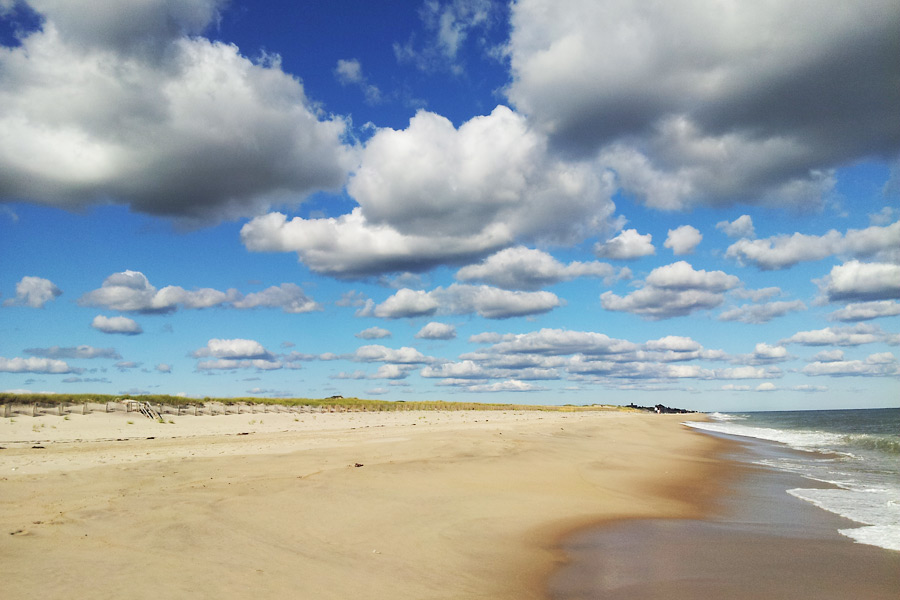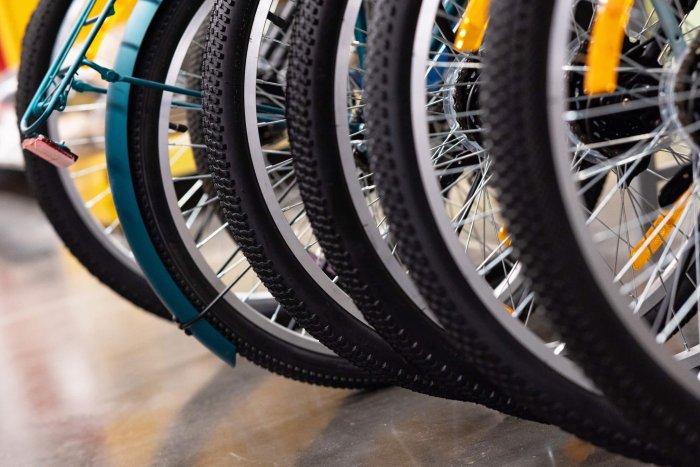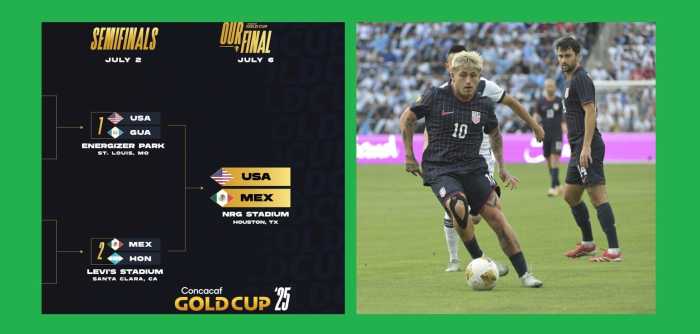Bills Determine How Birds Eat
We humans use our hands and a variety of utensils to eat. By comparison birds have one tool: their bills. The sizes and shapes of Gulf Coast birds’ bills determine how they eat the plentiful supply of fish available to them. Last winter on Beer Can Island, Longboat Key’s northernmost tip, where my wife and I are spending our fifth winter, I watched the dining habits of an osprey, a great blue heron and a brown pelican. The osprey’s cruelly hooked bill was made to rip and tear, the great blue heron’s long bill was made to stab and to hold wriggling fish while the brown pelican’s huge ungainly bill was made to plunge into the water and trap fish.
Bobby McGee’s Table Manners
The osprey that I call Bobby McGee, named after a Janis Joplin song called Me and Bobby McGee, had been at the fish for a short while. Much of the head was gone and the fish’s long body was held in a manacled claw like a bloody wrap. Minutes ago McGee had swooped down and plucked it from the Gulf of Mexico. Then the hungry osprey carried the fish to an ash-colored tree and positioned it across a branch, which served as a table. The raptor paused for a long while, then with wings raised and slightly aflutter bent its head and leaned over the lifeless body about to put its cruelly hooked bill into the fish’s mouth like it was planting a kiss: the kiss of death. Bobby dug into the open mouth, his hooked bill serving as a combination old-fashioned beer can opener and downward curved needle-nosed pliers. Twisting and tearing out large chunks of flesh, every hard-earned mouthful expends calories.
Now with much of the head in the osprey’s belly, Bobby tears off a lone remaining huge black eyeball and immediately drops it to the sands below. I’ve watched this bird eat before, bending its neck and head so far down that the top was parallel to the sand. I’ve watched it tear and wrench pieces of fish flesh twisting its neck muscles; seen it move that head side to side after swallowing as if to say “umm, bracing” and shake its tail like a sushi chef wields a knife. I’ve watched the long process of eating as fish blood dried on a branch. But this is instructive. There is no delicacy here, just the satisfaction of hunger.
Bobby looks around and down at me with its bulging yellow eye but pays scant attention. The osprey occasionally lets out a hi-pitched call which may be for its mate or hunting partner with which I think I’ve seen it fly. Silently I say “Man, if you want her to commit you’d better do something about those table manners.”
A Needy Heron
The great blue heron had positioned itself in back of a fisherman waiting for this moment. Carefully undoing the moderate-sized white fish from his hook, the fisherman tosses it on the sand near the heron, which walks very quickly to claim the prize. It isn’t surprising that a heron would move fast for such a gift; what is surprising is that this bird can do so with a fish hook embedded in its left leg. Seconds before, the lame bird had been holding its left leg so that its long black toes barely touched the ground. I’ve watched this blue for weeks with that hook, now apparently rusting, imbedded in its leg. The leg joint is clearly swollen and there are times I’ve winced as the bird hesitated a long time before being able to put weight on it.
Now the wounded heron positions the fish in its bill with the head facing the bird’s throat. The heron’s bill, a combination of chopsticks and javelin is slightly open as is the fish’s mouth. With the fish’s tail hanging partially out, the heron slowly moves the meal toward its waiting throat. As the fish goes down, the heron’s throat and neck expand. While the meal is hardly huge, I’m glad for the heron because it cannot hunt for itself. I feel pity for this crippled great blue but simultaneously admire its grit. I believe this bird has found a benefactor in the fisherman and for that I’m grateful.
Tough to Swallow
The immature brown pelican splashes down in the water and comes up with a large fish in its enormous bill. The bird is close to shore. I move toward the water’s edge because although I’ve see these birds dive dozens and dozens of times, I’ve never seen one with a large fish in its bill. The pelican’s trying to swallow its meal but to no avail. The fish is a Sheepshead porgy, which is wide top to bottom with large protruding scales across its spine. There are thorny bulges coming from the inside the bird’s enormous pouch. Will the fish’s protrusions puncture the membrane, which suddenly looks thin to me? Will the pelican be able to swallow it without choking? A few times the pelican puts its bill into the water in what I think might be an attempt to let in water to aid swallowing.
I move closer to the bird, which moves a bit further out. When I see its face again, the bulges in the pouch are gone, although the pouch still appears somewhat distended. While I didn’t see the fish go down, I’m reasonably certain that it has been swallowed. Watching Gulf Coast birds eat I’ve learned never to underestimate their abilities to swallow fish for which their bills appear too small. I also rarely pass up an opportunity to watch feeding Gulf Coast birds. I’m hooked on how they use those marvelous bills.































